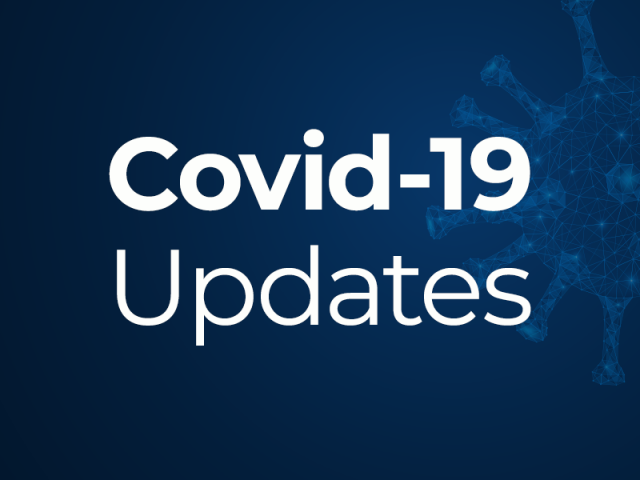Job Retention Scheme Update: How to Make a Claim
As the last working week came to a close, the government released more detail regarding the Job Retention Scheme and how it would work in practice. We covered the key announcements in Friday’s update and also provided you with a summary of some of those things that we still weren’t clear on.
When it comes to employers making a claim under the Job Retention Scheme, this is what we now know.
Who can make a claim for wages under the Job Retention Scheme?
The government has confirmed that any UK employer with: employees; a PAYE payroll scheme which was in place before 28 February and a UK bank account can make a claim for wages of furloughed staff. Charities, recruitment agencies and businesses in administration are included. Public sector organisations can also claim but not where they receive public funding for staffing costs.
Which employees can be furloughed?
Businesses are only able to furlough employees who were on the PAYE payroll on 28 February 2020: employers are not able to furlough employees who commenced work after this date. Employers can rehire and immediately furlough employees who were made redundant since 28 February 2020 as a direct result of the Coronavirus crisis (although we are still waiting for clear details as to how this latter point will work in practice).
Employees who have agreed to accept reduced hours or reduced pay cannot be furloughed unless and until there is no more work for them to carry out and they would otherwise be made redundant.
We can also confirm the following:
- Workers on casual or zero-hours contracts can be furloughed, as can agency workers.
- Employees on sick leave or who are self-isolating can be furloughed once the period of sick leave is brought to an end.
- Employees who are shielding in line with public health guidance can be furloughed
- Employees on family leave such as maternity, paternity, adoption or shared parental leave can only be furloughed once this period of leave is brought to an end.
Annual Leave
Annual leave will continue to accrue whilst an employee is furloughed and employees who are prevented from being able to take annual leave because of furlough leave will be able to roll statutory holiday over for 2 years.
Work during Furlough Leave
Employees cannot carry out work for their employer whilst on furlough leave. They are however, permitted to carry out voluntary work, either for the employer or for a third party but this cannot involve the provision of services to, or generate revenue for, their employer. (We don’t quite understand what the “provision of services” reference will include at this point and employers may wish to err on the side of caution when it comes to allowing employees to undertake “voluntary” work during furlough leave).
Furloughed employees can also undertake training for their employer but must receive at least the National Minimum Wage/National Living Wage for this time.
Making a claim to HMRC
HMRC is working on an online portal through which employers must provide the following information in respect of their claim:
- ePAYE reference number;
- number of employees being furloughed;
- furlough start and end date (claim period);
- amount claimed;
- bank account number and sort code;
- contact name; and
- phone number.
The earliest date a claim can be made from is 1 March 2020.
The current guidance (which may of course, change!) states that employers can only submit one claim at least every 3 weeks, which is the minimum length an employee can be furloughed for.
On receipt of a claim, HMRC will consider the claim and determine its eligibility. Where a claim is successful HMRC will make a BACS transfer of funds direct to the employer’s bank account.
What will any successful grant cover?
The grant from HMRC should cover:
- the employee’s wage (excluding any fees, commissions and bonuses). This is capped at the lower of 80% of their regular wage, or £2,500 per month;
- the associated Employer National Insurance contributions; and
- the minimum automatic enrolment employer pension contributions on the 80% wage.
Employers who choose to ‘top up’ an employee’s wage to 100% will not be able to make a claim for Employer NICs or pension contributions on this additional element of the wage.
For salaried employees (both full and part time), employers should claim 80% of the employee’s gross salary as at 28 February 2020, up to £2,500 per month.
Employees on maternity leave
Where an employee has been on maternity leave prior to being furloughed and the employer pays additional contractual payments beyond the statutory minimum, these should be included in the calculation of an employee’s wage for the purpose of the employer’s claim.
Employees whose pay varies
For employees whose pay varies, employers must identify the employee’s:
- earnings for the same month in the previous year; and
- average monthly earnings from the 2019-2020 tax year.
An employer is able to claim for the higher of the above figures, up to £2,500 per month.
Employees with less than 12 months’ service
For employees who have not been employed for 12 months, an employer should calculate and claim for the employee’s average monthly earnings since employment began.
Employee pay whilst waiting for the grant to come through
Employers should pay wages subject to usual income tax and other deductions such that the employee will receive 80% of their normal wages, capped at £2,500 gross per month, less usual deductions.
